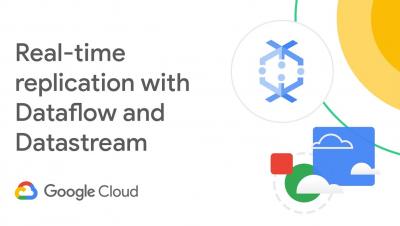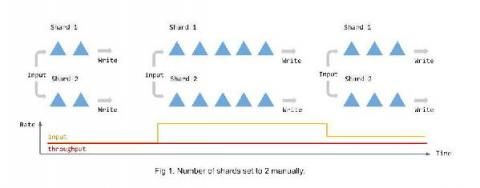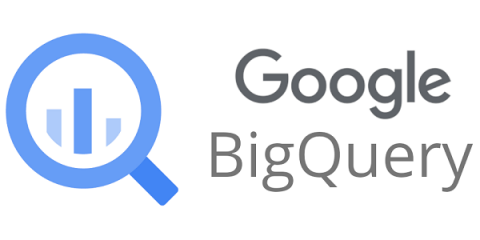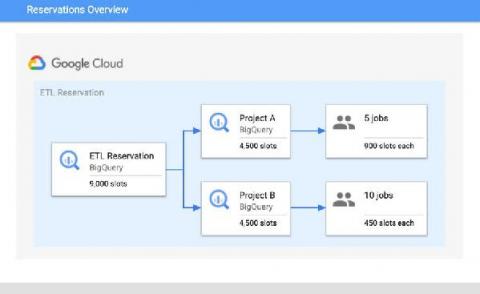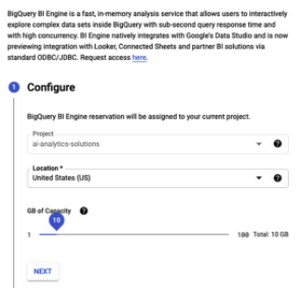Systems | Development | Analytics | API | Testing
Google BigQuery
Real-time Change Data Capture for data replication into BigQuery
Businesses hoping to make timely, data-driven decisions know that the value of their data may degrade over time and can be perishable. This has created a growing demand to analyze and build insights from data the moment it becomes available, in real-time.
3x Dataflow Throughput with Auto Sharding for BigQuery
Many of you rely on Dataflow to build and operate mission critical streaming analytics pipelines. A key goal for us, the Dataflow team, is to make the technology work for users rather than the other way around. Autotuning, as a fundamental value proposition Dataflow offers, is a key part of making that goal a reality - it helps you focus on your use cases by eliminating the cost and burden of having to constantly tune and re-tune your applications as circumstances change.
Have a cool summer with BigQuery user-friendly SQL
With summer just around the corner, things are really heating up. But you’re in luck because this month BigQuery is supplying a cooler full of ice cold refreshments with this release of user-friendly SQL capabilities. We are pleased to announce three categories of BigQuery user-friendly SQL launches: Powerful Analytics Features, Flexible Schema Handling, and New Geospatial Tools.
Bigtable vs. BigQuery: What's the difference?
Many people wonder if they should use BigQuery or Bigtable. While these two services have a number of similarities, including "Big" in their names, they support very different use cases in your big data ecosystem. At a high level, Bigtable is a NoSQL wide-column database. It's optimized for low latency, large numbers of reads and writes, and maintaining performance at scale.
Fintech startup, Branch makes data analytics easy with BigQuery
As a startup in the fintech sector, Branch helps redefine the future of work by building innovative, simple-to-use tech solutions. We’re an employer payments platform, helping businesses provide faster pay and fee-free digital banking to their employees. As head of the Behavioral and Data Science team, I was tapped last year to build out Branch’s team and data platform. I brought my enthusiasm for Google Cloud and its easy-to-use solutions to the first day on the job.
New flexibility: Run your Dataprep jobs with BigQuery or Dataflow
Cloud Dataprep by Trifacta is Google Cloud’s intelligent data service for visually exploring, cleaning, and preparing structured and unstructured data for analytics and machine learning. Due to its serverless architecture, Dataprep does not need any infrastructure to deploy or manage, and is fully scalable.
Troubleshoot BigQuery performance with these dashboards
BigQuery is Google's flagship data analytics offering, enabling companies of all sizes to execute analytical workloads. To get the most out of BigQuery, it’s important to understand and monitor your workloads to keep your applications running reliably. Luckily, with Google’s INFORMATION_SCHEMA views, monitoring your organization’s use at scale has never been easier. Today, we’ll walk through how to monitor your BigQuery reservation and optimize performance.
Unlock geospatial insights with Data Studio and BigQuery GIS
Chances are, your data contains information about geographic locations in some form, whether it’s addresses, postal codes, GPS coordinates, or regions that are meaningful to your business. Are you putting this data to work to understand your key metrics from every angle? In the past, you might’ve needed specialized Geographic Information System (GIS) software, but today, these capabilities are built into Google BigQuery.
Speeding up small queries in BigQuery with BI Engine
A quick and easy way to speed up small queries in BigQuery (such as to populate interactive applications or dashboards) is to use BI Engine. The New York Times, for example, uses the SQL interface to BI Engine to speed up their Data Reporting Engine. To Illustrate, I’ll use three representative queries on tables between 100 MB and 3 GB — tables that are typically considered smallish by BigQuery standards.


